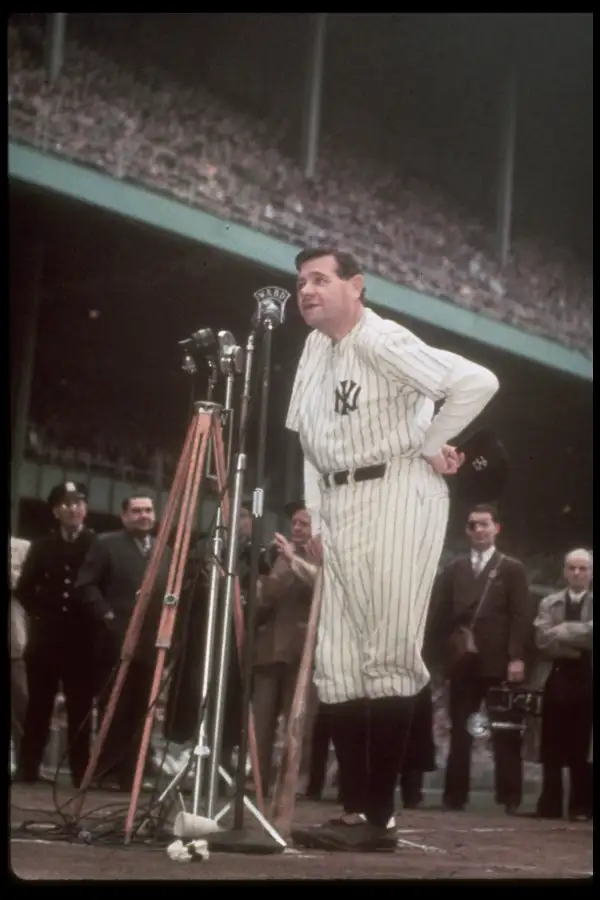Sell Your Wheels, Now

Planning to replace one of your cars? You might want to accelerate the process. The good times for sellers are coming to a close.
"During the recession, a lot of people hung on to their cars longer," says Richard Arca, senior manager with Edmunds.com. That resulted in a low supply of used vehicles. And consequently, the average sales price on pre-owned cars up to eight years old has risen -- itself an anomaly -- by 18% since 2007, reports the National Automobile Dealers Association.
But now cars are beginning to return to the lots as more people buy new and more vehicles come off leases. Thus, used-car prices are expected to see their first decline in five years; NADA predicts that the average car's annual depreciation rate will climb to 16% this year, up from 11% in 2009. "It's barely still a seller's market," says Arca.
Use these strategies to steer your way to the best price, post peak.
Choose your sales route. While many people opt for a dealer trade-in, selling a vehicle yourself is usually a better bet -- you'll typically reap 10% to 15% more, says Alec Gutierrez, senior market analyst for Kelley Blue Book. (That's because the dealer needs to profit on resale.) The margin will be even greater on a car with an unusual paint color, like maroon, or an atypical feature, like manual transmission.
The downside of DIY? You'll need to be patient. Even with today's still-tight inventory, it takes six to 10 weeks to close a deal, says Art Spinella, president of CNW Research, which tracks auto sales.
Assuming you've got time, he suggests starting with a window sign, word-of-mouth marketing (e.g., Facebook), and a free Craigslist ad before considering paid listings on sites such as AutoTrader.com or Cars.com.
A dealer can make sense in rare instances -- like when you need to unload fast or when selling on your own would cause you to miss one of the attractive limited-time incentives manufacturers have been rolling out lately. Just be sure to weigh the value of any incentive against the hit you'll take on the trade. And know that "dealers will try to maximize profit margins on both ends of the deal somehow, like through an extended warranty or lower trade-in offer," Gutierrez says.
Give your vehicle a good shine. With supply rising, you'll have more competition. Make your vehicle stand out by putting in some prep work to highlight and improve its condition. Gather maintenance records and a Carfax report, for starters.
Next, be sure you have matching tires with good tread and make any small repairs that are needed. You don't want a buyer to demand a discount for something you could have fixed for less.
Also watch your odometer. At around 50,000 miles, warranties expire; 100,000 makes buyers think a car is worn out. "Limit usage to stay below those thresholds if you're close, and you'll be able to sell for more," says Juan Flores, head of operations for the AutoTrader.com Trade-In Marketplace.
Craft your ad carefully. Think, too, about how your online listing will attract buyers. Start with the headline, making sure to use keywords shoppers will search, like make, model, year, color, and mileage, says Gutierrez. Include as many photos as you can -- all angles, interior and exterior, both sets of keys, and the vehicle history report.
Don't hide flaws, but do mention great specifics, like the car handling well in snow. You might even think about making a video to show off the auto. "The more things a buyer can engage with, the more they'll connect with your car," says Flores.
Know your number. To zero in on a listing price, use the Kelley Blue Book or Edmunds book-value estimate as a starting point. But be aware that prices can vary from that by hundreds to thousands based on your region, the car's condition, and the season. So also look at cars similar to yours at local lots. Knock 10% off a lot price for a good indication of what you can get from a private sale, says Spinella.
Going to a dealership? First try sites like AutoTrader and CarMax, which give trade-in offers that reflect what local dealers are likely to propose. Then visit several dealerships, says Gutierrez.
Should they lowball, ask them to match the online offers. "If you don't get at least 85% of the book-price estimate, consider walking away," says Arca. For now, anyway, you've still got the upper hand.